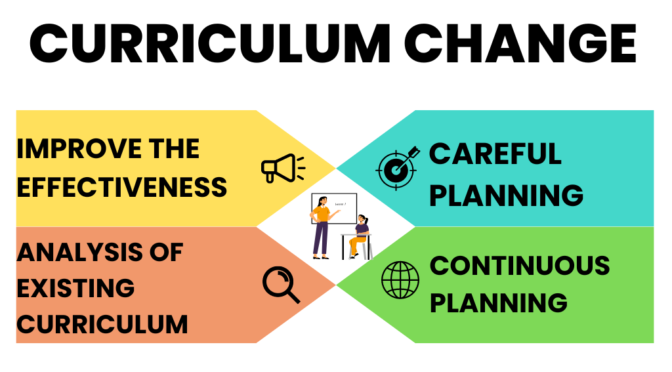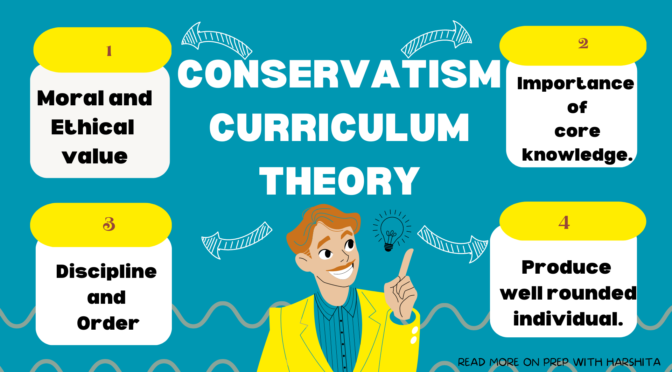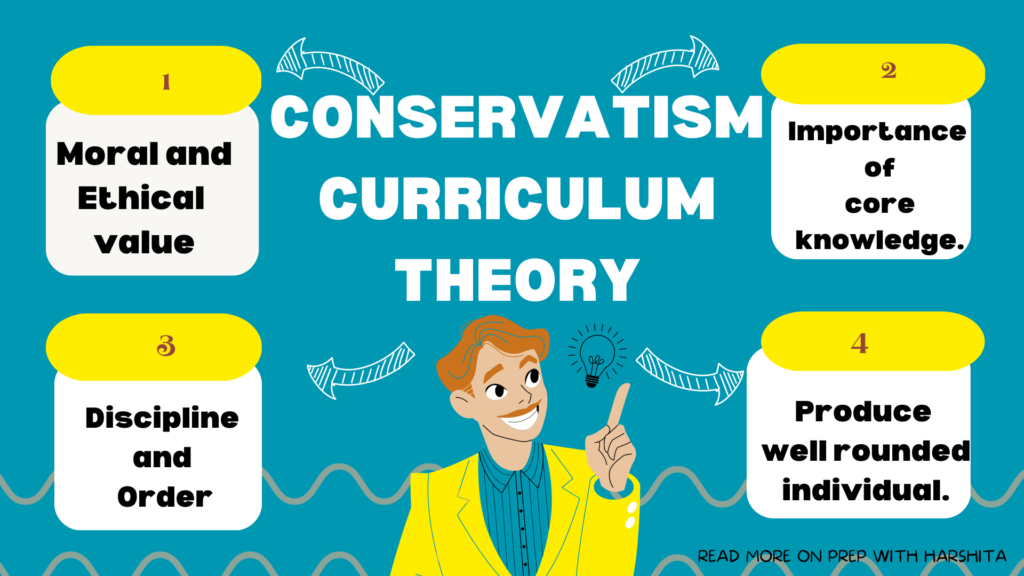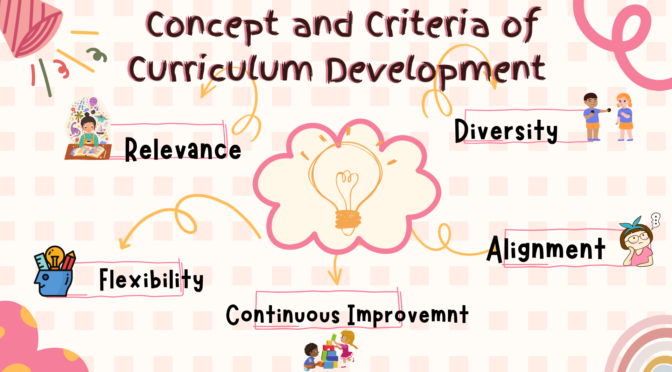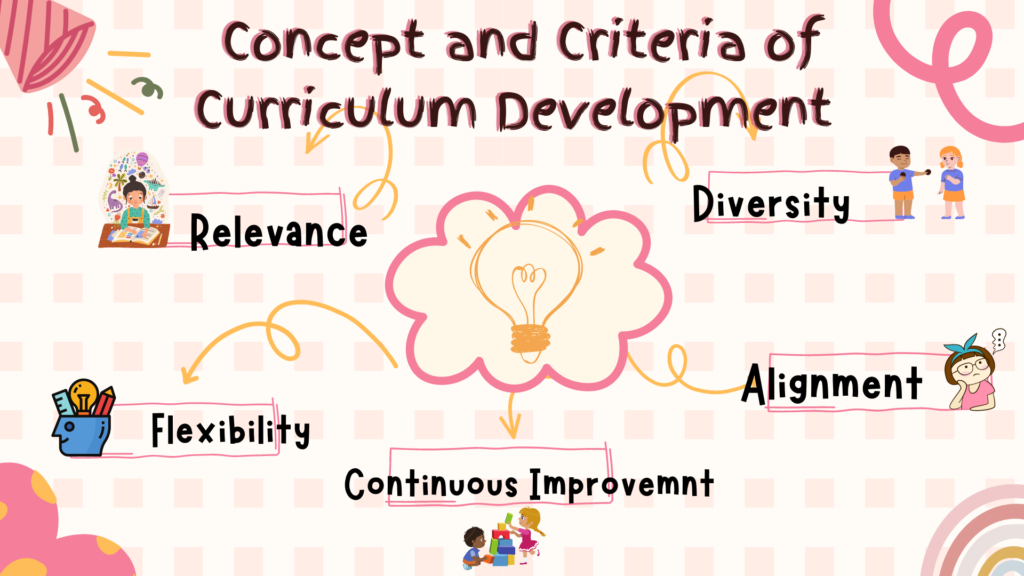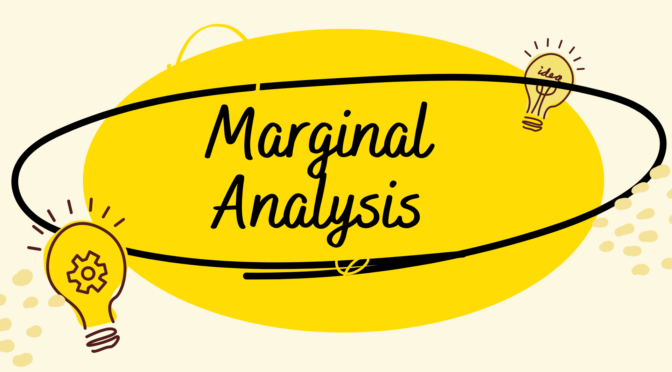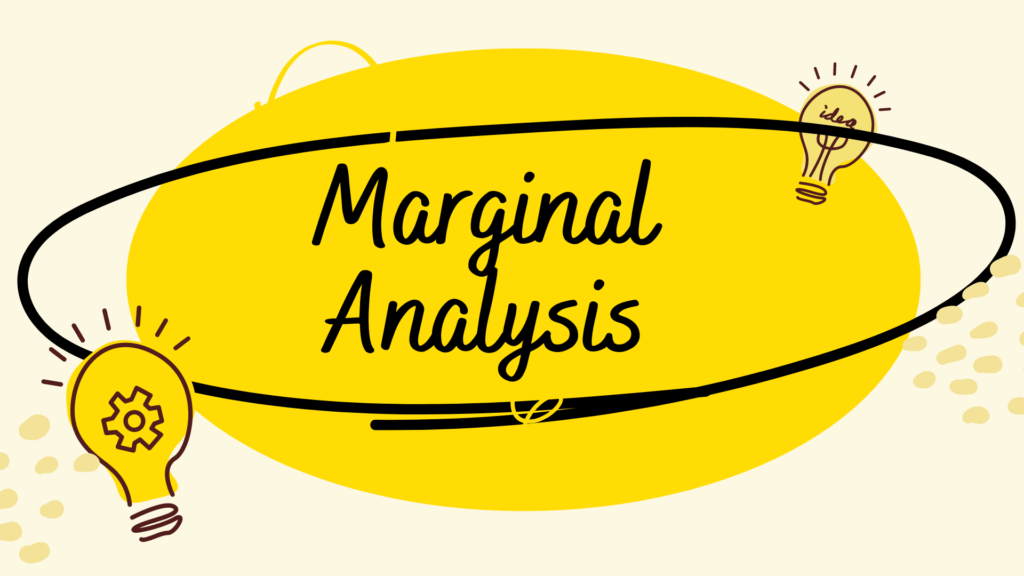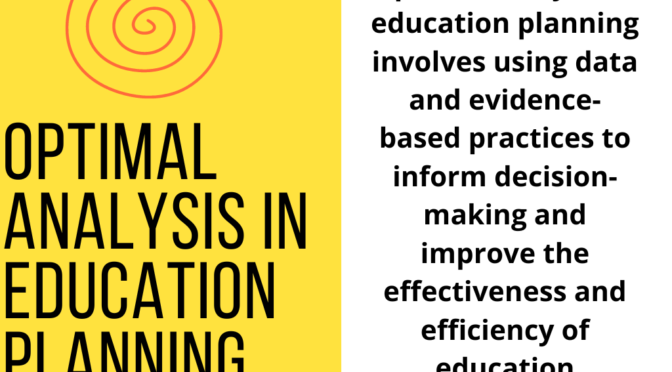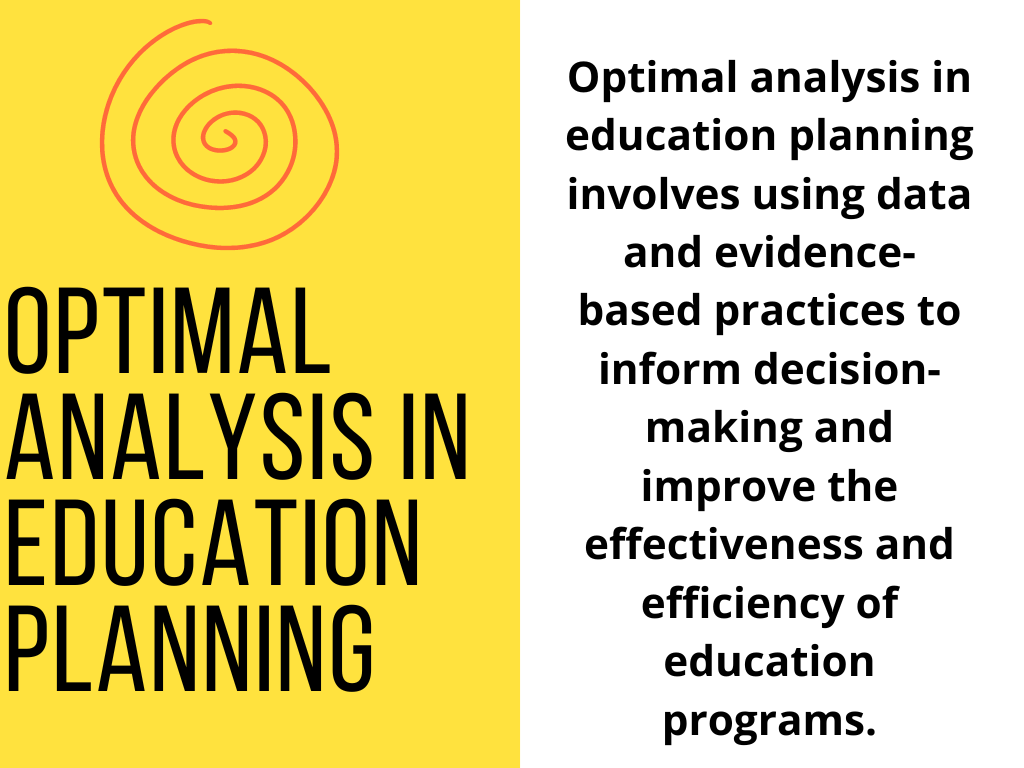Curriculum change refers to the process of modifying, revising, or updating the content, structure, and delivery of a curriculum.
- Curriculum change is often driven by various factors such as changes in societal needs, advancements in technology, new knowledge and research, and shifts in student demographics and learning styles.
- The purpose of this is to improve the effectiveness of education and to better align it with the needs of students, society, and the workforce.
- The process of change involves a thorough analysis of the existing curriculum, identification of the strengths and weaknesses, and the development of a plan for modifying or updating the curriculum.
- It can be a complex and challenging process that requires the involvement of various stakeholders such as educators, administrators, subject matter experts, students, and parents.
- Effective change also requires careful planning and implementation, ongoing evaluation, and continuous improvement.
- There are several models of curriculum change that can be used to guide the process, such as the Lewin’s Change Model, which involves three stages: unfreezing, changing, and refreezing. This model emphasizes the importance of creating a sense of urgency, involving stakeholders, and reinforcing the change to ensure that it becomes part of the new curriculum.
The following are the steps involved in curriculum change:
- Needs assessment: It typically begins with an assessment of current needs and an analysis of the strengths and weaknesses of the existing curriculum. This may involve data gathering, consultations with stakeholders, and a review of current research and best practices.
- Goal setting: Once the needs have been identified, the next step is to establish clear goals and objectives for the It. These goals and objectives should be specific, measurable, achievable, relevant, and time-bound (SMART).
- Planning: It requires a well-designed plan that outlines the steps and strategies for implementing the changes. The plan should include a timeline, resources needed, and the roles and responsibilities of stakeholders.
- Implementation: The next step is to implement the changes to the curriculum. This may involve the development of new course materials, changes to teaching methods and approaches, and the adoption of new technologies.
- Evaluation: It should be evaluated regularly to ensure that it is achieving its goals and objectives. This may involve data gathering, assessments of student learning outcomes, and feedback from stakeholders.
- Continuous improvement: Based on the evaluation, the it may need to be revised, modified, or updated to ensure that it remains relevant and effective.
Curriculum change can be a complex and challenging process that requires the involvement of various stakeholders such as educators, administrators, subject matter experts, students, and parents. It also requires careful planning and implementation, ongoing evaluation, and continuous improvement.
Also Read : Factors Influencing Curriculum change
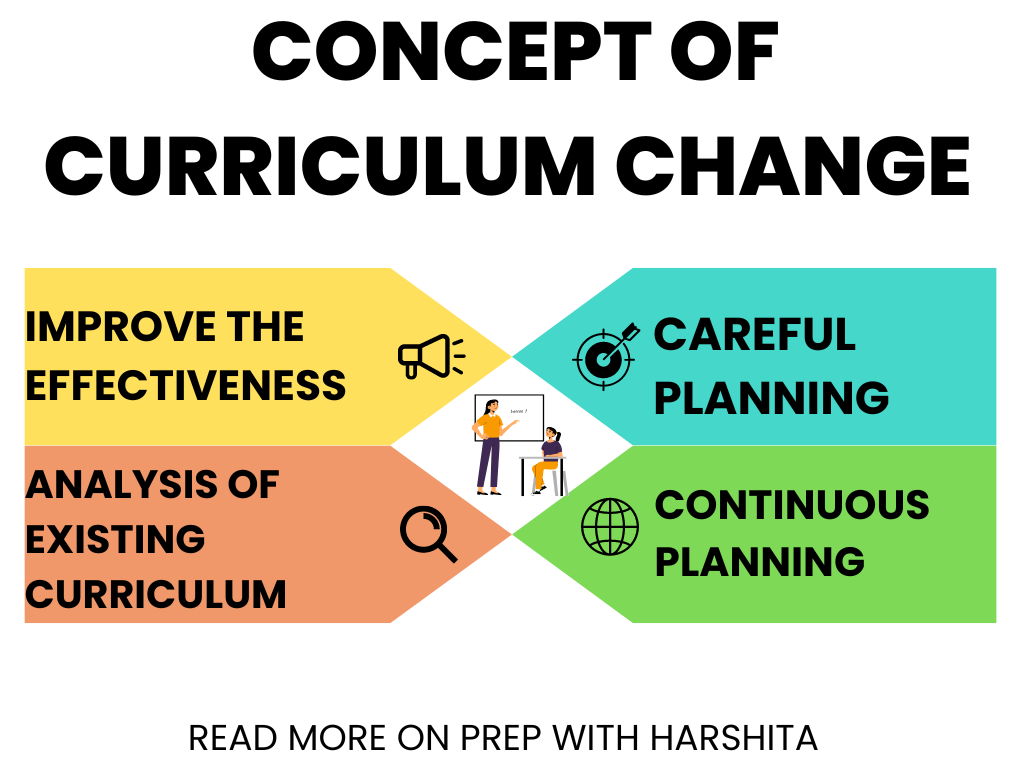
Also Visit : Prep with Harshita

